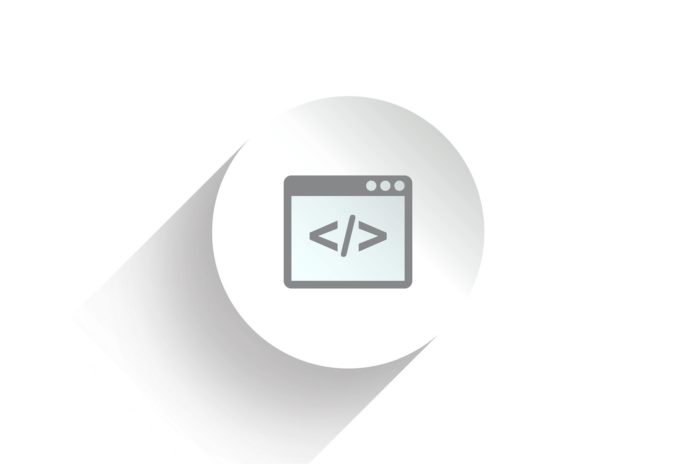
While web development today is much more common than it was just a few years in the past, it still can’t be considered as something simple or menial. People who ever tried their hand in it are the most likely to see it as a crossover between a science and an art since it relies on both objective features and abstract principles. Furthermore, seeing how we live in the golden age of web applications, this is something more and more people are showing the increased interest in. With this in mind and without further ado, here are 10 awesome web development tools that will help you exploit this industry to its fullest potential in 2017.
1. Chrome Developer Tools
This extraordinary tool allows you to edit both HTML and CSS in real-time, while at the same time keeping one eye on the performance of the website. Although its name may sound Chrome exclusive, this particular tool is compatible with Safari as well. If what you are looking for is a tool that can help you easily track any layout issues and use this knowledge to optimize the code, then you needn’t look any further.
2. Adobe Edge Inspect
This platform is specifically aimed at mobile developers and it helps you pair either iOS or Android with the main device you use. This free tool is great for when you aim to build a highly responsive layout and need a method to test it out. You see, believing that the website will act on a mobile device same as it does on the desktop setup is simply preposterous. Seeing how mobile users are now the majority online, you need to keep an eye out on any mobile-exclusive bugs or glitches that may damage the overall user experience.
3. Modernizr 2.6
Another great platform for testing your website is Modernizr 2.6. The best thing about it is that it is quite subtle, seeing how it conducts all these analyses while the page still loads. It can also help you see the performance difference across different browsers, which can at times prove to be completely game-breaking. One of its strongest traits is the so-called feature detection, which is a replacement for the infamous UA sniffing that was conducted in the past.
4. Trello
While some web developers are known to work best on their own, truly remarkable results are almost always achieved through group effort. In order to allow for a team to work on the same project with the greatest efficiency and flexibility, you will need the right platform and Trello may have exactly what you need. Furthermore, the simplistic board system makes it easy for every member of the team to keep track of the latest occurrences and in this way participate in this massive undertaking on their own pace.
5. MySQL
Once you start with the development itself, you will most probably need to make a choice of your preferred database. The choice here is quite wide, but your safest option would probably be to go with MySQL. This particular database is by far the most popular out there, but this popularity doesn’t come for no reason. According to Ryanswebdesign, the fact that this company has over two decades of experience in the industry can be seen in nearly every aspect of its performance. Put simply, this vast niche familiarity works in everyone’s favor.
6. Notepad++
As the very name suggests the Notepad++ is written in C++ and it is optimized to run in the MS Windows environment exclusively. The curious thing about this particular tool is that it was made with low CPU power consumption in mind in order to be more earth-friendly. How often can you brag about saving the planet due to the choice of software that you made? This alone acts as a deal breaker for some people.
7. Font Awesome
Sooner or later, your work will bring you to a situation where you need to rely on the icons and here, having access to the right tool can be genuinely lifesaving. Having the privilege to easily choose the color, shadow, and size of the vector icon that you use can save you quite a bit of time and allow for you to focus on more important tasks at hand.
8. Photon
Even though most guidelines and tutorials advise you to go simple, sometimes you will feel the urge to really test your skill as a designer. At this point, you may come across the idea of trying your hand in 3D space rendered DOM elements. Still, when it comes to power consumption, it is the opposite of the above mentioned Notepad++.
9. Sass
It is impossible to speak about the present day CSS preprocessors without at least making a mention of the Sass. According to its creators, it is the single most stable and powerful CSS extension language out there and those who used this tool at least once would stand behind this claim without investing a second thought in it. The fact that it is compatible with any version of CSS further facilitates things and makes this particular tool quite user-friendly.
10. GitHub
Finally, if your main concerns are code security, access control, and safe hosting, you simply cannot go wrong with GitHub. This particular platform can allow you to manage large projects in an environment that is hand-tailored to suit the needs of both teams and individuals. While it has many strong sides, its winning trait is probably its real-time conversations that can help web developers working on the same code make a joint review.
Conclusion
It goes beyond saying that any of the abovementioned 10 can be considered a safe choice for both new and experienced web developers. Seeing how every one of them has its own set of pros and cons, each developer gets the chance to choose what works best for them. In this way, the web developing experience of every single individual becomes completely unique, which in turn leads to some of the most unexpected results. Web development truly is one of the most interesting career paths one can pursue in the second decade of the 21st century.

















